The Independence Wars and the Kingdom of Italy
Upon the return of the Austrians, the city of Vicenza soon had to regulate its life according to a long series of restrictive local, provincial, and regional regulations, which had an extremely high military, human, and economic cost. After 1848, the anti-Austrian conspiracy gradually weakened; many patriots were exiled, the republicans isolated, and Mazzini's influence was limited; the moderate clerical ruling classes, the clergy, the bureaucracy, the ecclesiastical hierarchies, and the notables prepared for the transformation.
In the final years of Austrian rule, the liberal-democratic emigration, led by the Central Political Committee of Venetian Emigration in Turin, in which Vicenza was represented by Sebastiano Tecchio, actively campaigned for unification.
The Armistice of Villafranca in 1859 ended the Second War of Independence, which sanctioned the liberation of Lombardy alone, with Veneto still held under Austrian rule. It disappointed Italian and Venetian patriots, in particular due to its unexpected outcome.
The completion of the process of national unification depended primarily on the South, where the largest Italian state, the Kingdom of the Two Sicilies, existed. After 1848, the policy of repressing liberal and patriotic ideals had intensified. In this situation, the plan for Garibaldi's expedition to liberate Southern Italy matured.
With Garibaldi's victorious expedition, the initiative for the national movement had resoundingly returned to the revolutionary forces, with such success that it rivaled the achievements of the royal forces.
Furthermore, from Naples, Garibaldi predicted a development of the revolutionary action directed against the Papal States.
This posed a grave danger because it would have aroused against Italy not only Austria, eager to avenge the defeat suffered in 1859, but also Napoleon III, who, for domestic political reasons, would never have permitted the suppression of the Pope's temporal power.
The Piedmontese government then decided on the expedition into Central and Southern Italy that would have blocked the revolutionary push toward Rome. The papal army was defeated by the royal family at Castelfidardo on September 10, 1860, and on the following September 27 the stronghold of Ancona fell. Garibaldi achieved his definitive victory over the Bourbons in the great Battle of the Volturno on October 1 and 2, 1860.
The intervention of the royal army had not only halted the revolutionary march toward Rome, but had also prevented the situation in Naples from evolving according to the principles inspired by the advanced political views professed by many of Garibaldi's followers. Garibaldi, in an act of generosity that increased his glory and moral prestige, abandoned the kingdom he had conquered to the king and retreated to the island of Caprera.
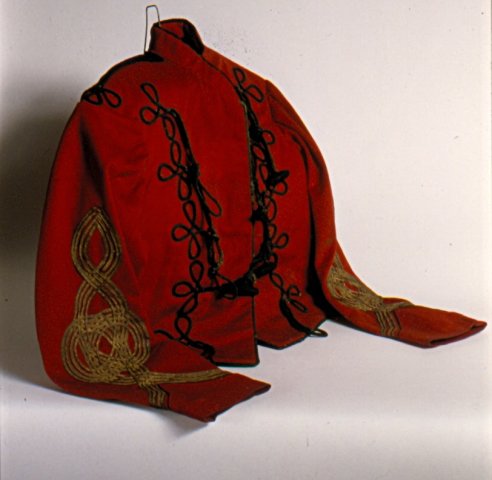
Dolmann delle Scuole di Garibaldi, appartenuto ad Antonio Radovich
Image Gallery
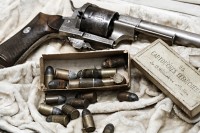 |
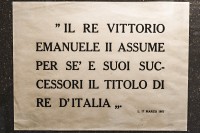 |
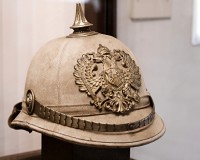 |
 |
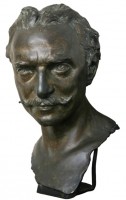 |
 |

